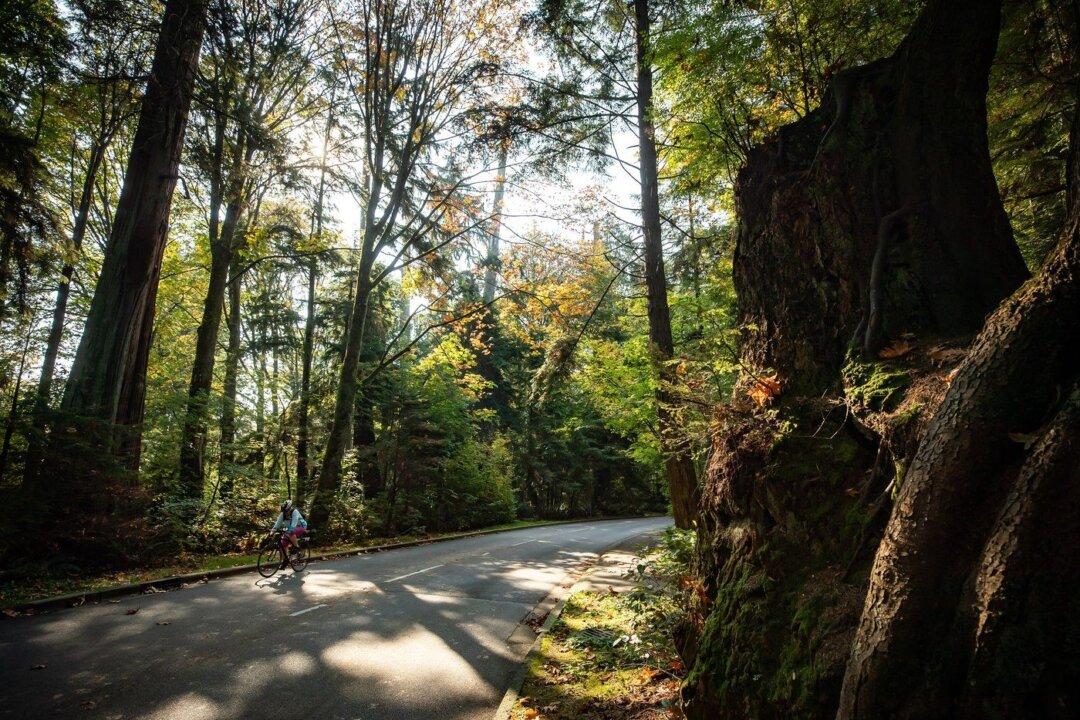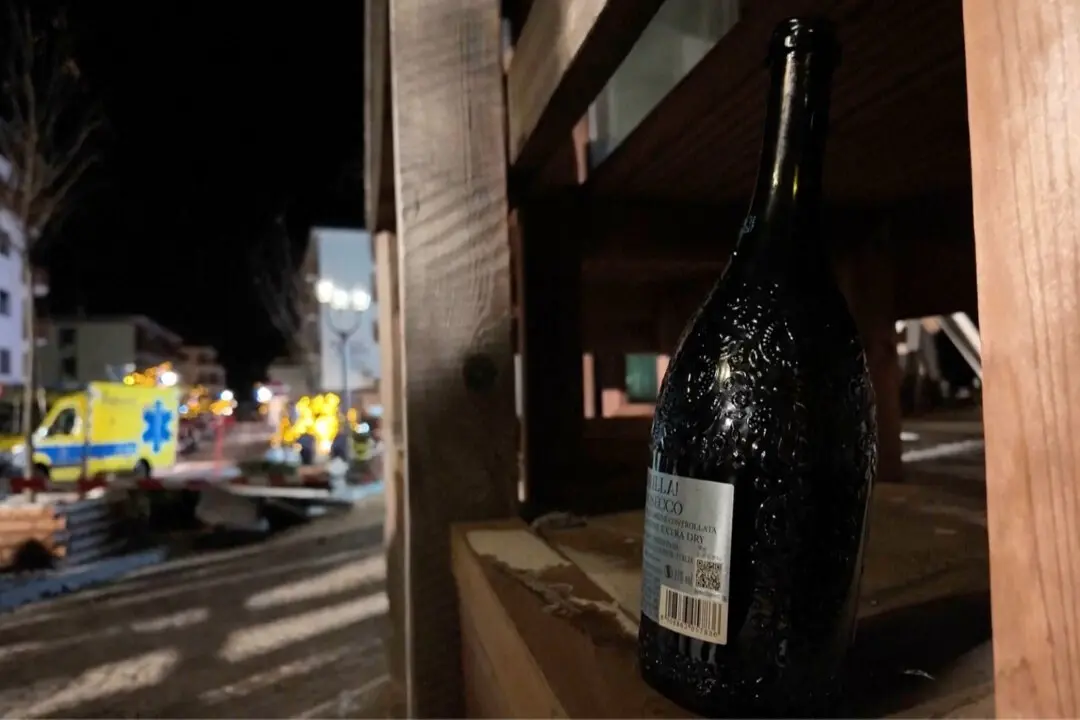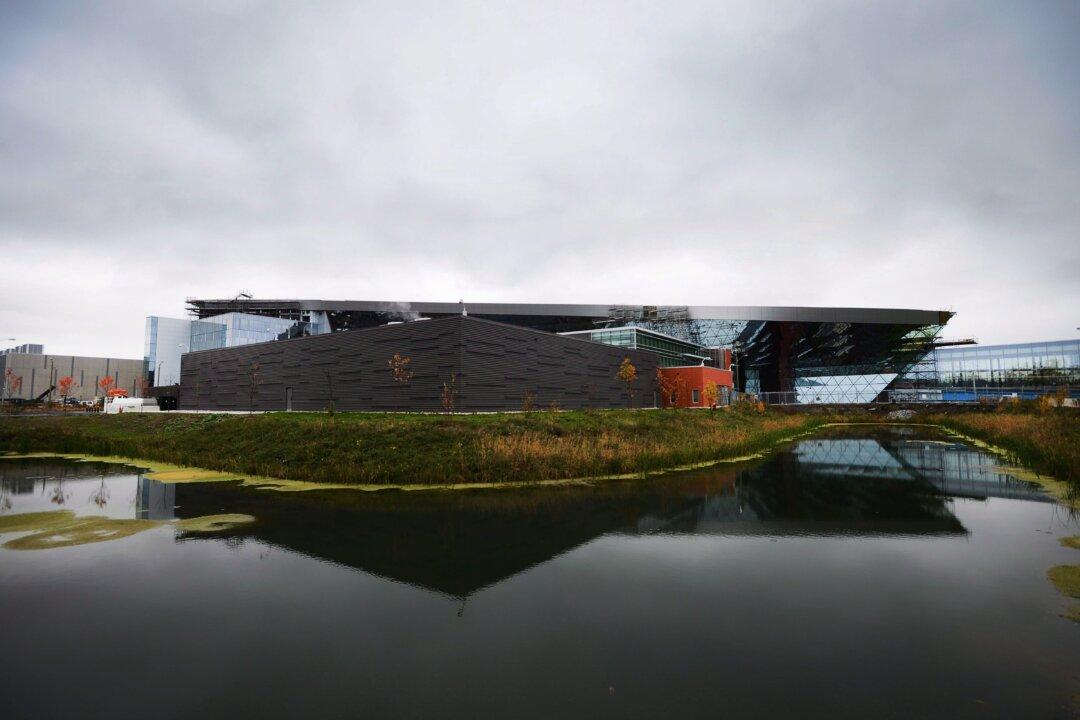The quiet of Stanley Park’s forests has been splintered as chainsaws roar in a multi-year project to remove about one quarter of the trees that make up what’s considered a Vancouver jewel.
On the road to Prospect Point a parking lot that in warmer months would be part of a picnic area, is now a work site where heavy machinery brings in large, cut sections of trees and crushes smaller branches.





